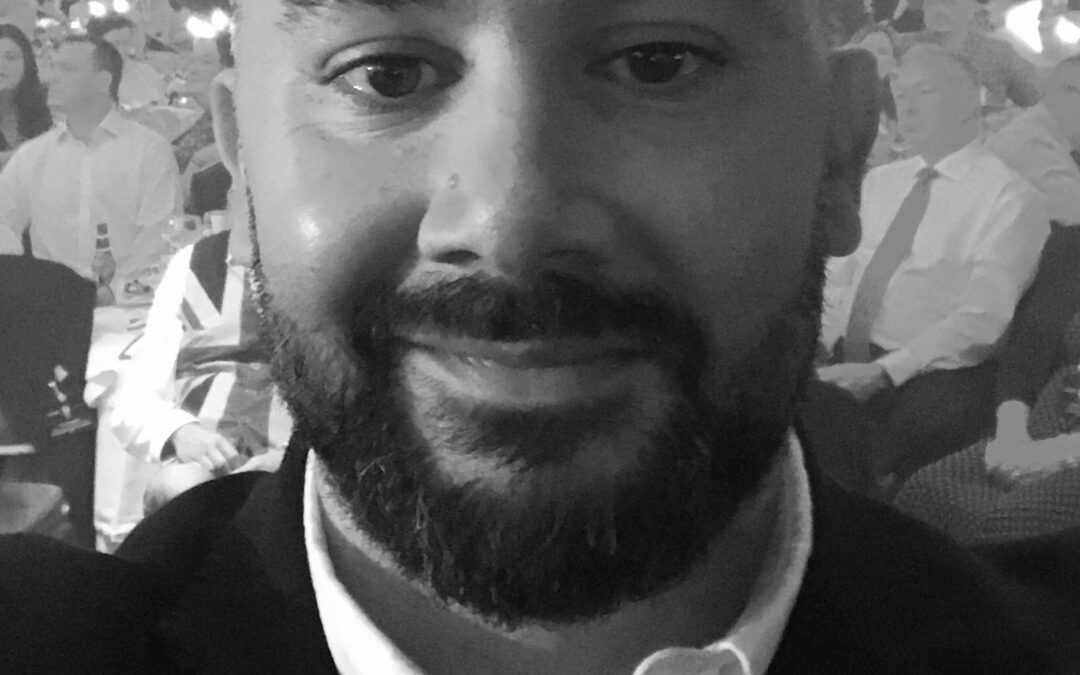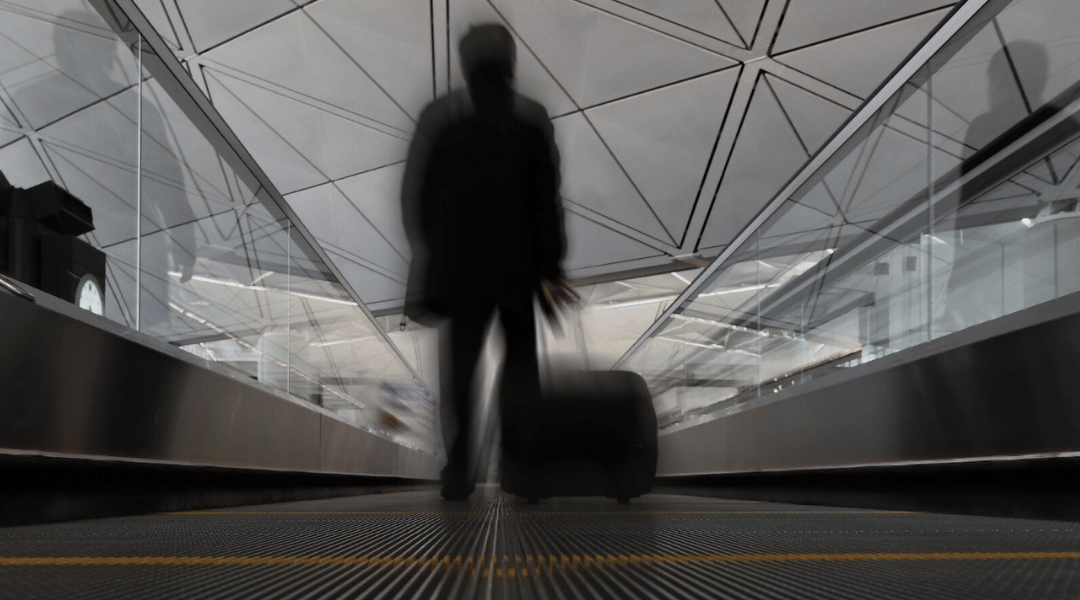The Transformation into Digital Parking
Build your next car park with Parking as a Service. Just click on the link, leave your details and we will get in touch so you can find out more.
What is the future of physical payments in car parks? It’s here to stay, but it is changing. 5 years ago, it was all about cash payments with some card payments. This meant large cash payment machines with lots of moving parts and expensive maintenance contracts.
Use of cash payments has reduced by 60% over the last decade and fell another 40% in 2020. Card payments have increased since then by 75% and digital payments have increased by 40% over the same period.
We have been told by customers that the use of cash in payment machines is on the decline and they want to offer different payment methods to ensure that all customers have the best opportunity to pay.
So, what does this look like now and what will this looks like in the future?
The end game for me is that there is a universal payment solution for any car park – no matter which manufacturer solution is deployed – so that either with personal mobile technology or built into the vehicles, customers do not need to do anything. They simply drive in, park, and drive out. Payment will be automated. The car park will just “know” when they drove in and when they drove out and then charge the user (it will all be user based and not specifically device based) the correct amount. Amazon have started this in their fresh stores. You walk in, get what you want and walk out. Your account is automatically charged. The same goes for parking.
That’s the future. I don’t think it’s too far away, but we’re not there now. How close can we get though?
Pretty close, I think.
We have digital payments now. You can pay using a QR code anywhere in the car park. Simply scan the code and pay using the usual payment methods. Its brilliant. Such a simple solution. No apps, no payment machines. Just scan, pay, and go.
We have pay per use that will charge your account automatically when you drive out of a car park. Just register on the portal with your payment card and licence plate, and you are good to go. No apps, no payment machines. Just drive in, drive out.
You can prebook a space in advance, pay for a parking subscription, and even pay after you have left the car park. There are lots of digital ways to pay.
All these solutions are provided by SKIDATA to be used with SKIDATA hardware and are all designed to ensure multiple payment channels are provided for multiple customer types. We want to make it easy to pay, at the very least protecting revenue, often increasing revenue.
We are almost there. We can do nearly everything. That is, except the universal payment solution. We are not there with that quite yet.
There seems to be 2 paths being taken on this.
The first is the apple and google path using the phone and digital ID. This, I think will be the common denominator. The one device most drivers have on them – their smartphone – will be the one device, combined with the universal biometric identifiers that will enable universal payments everywhere.
The second is built into the car. Auto manufacturers are already working on in car systems (likely linked to a smartphone) that will enable “pay by car” in car parks, petrol stations and anywhere you can potentially be in your car when you want to pay. You can already navigate to EV charging stations that have partnered with your vehicle manufacturer. The natural next step is to build in car parks. This will initially be based upon the primary partner network with the vehicle manufacturer, but the aim must be for this to be a universal solution.
So, we want to get to a point where all parking manufacturers support the universal identifiers and universal payments. This will happen eventually. Until then, its small steps. We’re at the start of the digital revolution and we’re riding on a bow wave of technology and customer demand. There will be an inflection point. There will be a point where the wave breaks, I can almost see it. Until then, we continue our journey.




